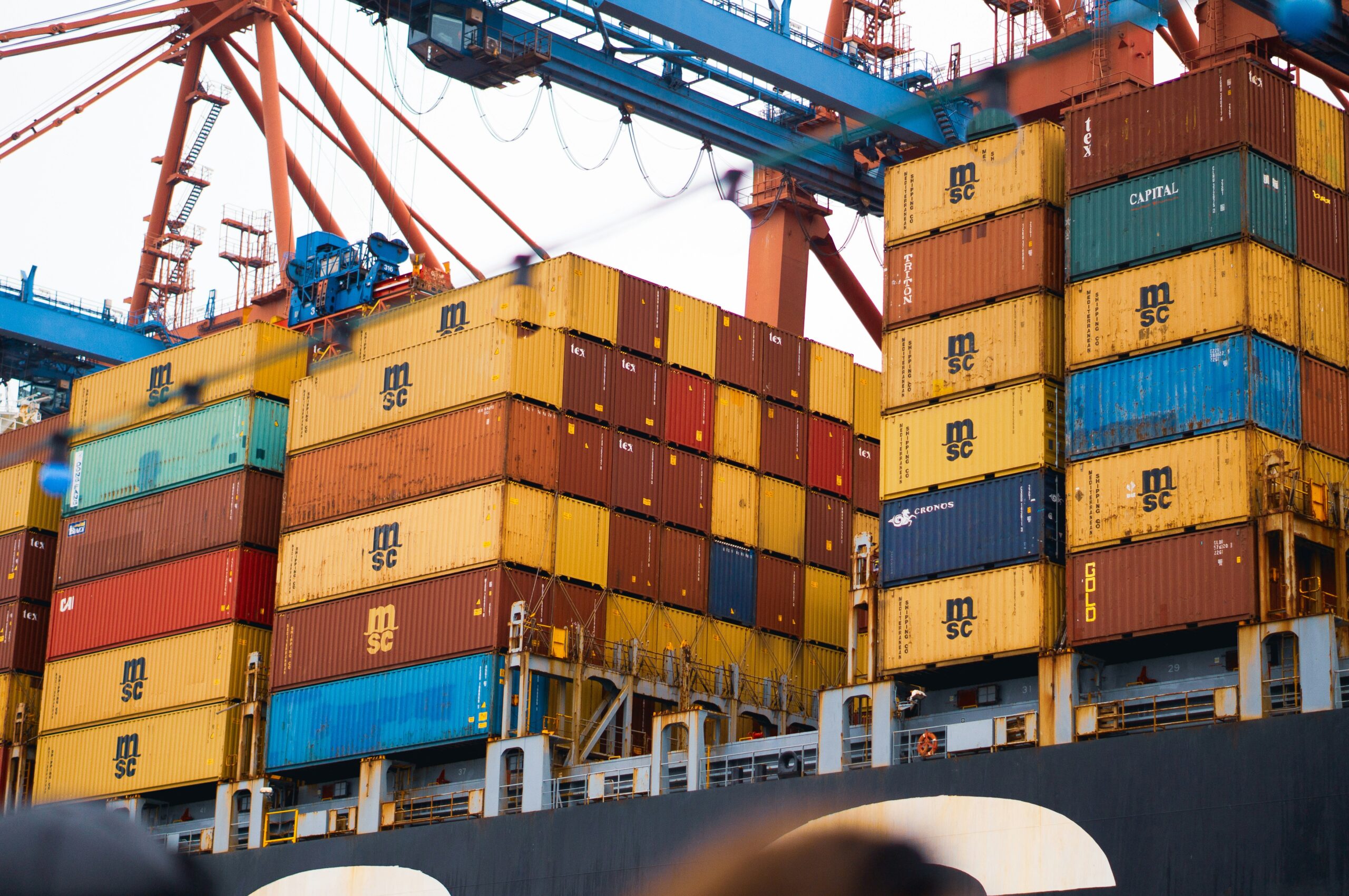As a small country, Jordan’s economy is surprisingly well-diversified. Nearly one-third of Jordan’s GDP comes from trade and banking; one-fifth comes from transportation and communication, public utilities, and construction; and nearly one-fifth comes from mining and manufacturing, both of which contribute substantially to the country’s total GDP.

The United States-Jordan Free Trade Agreement (FTA)
Jordan and the United States continue to benefit from a strong economic relationship. The United States-Jordan Free Trade Agreement (FTA), which went into effect on December 17, 2001, and was fully implemented on January 1, 2010, is an important part of this partnership. In addition, the Qualifying Industrial Zones (QIZs) program, which was established by the US Congress in 1996, permits products made in Jordan, Egypt, or the West Bank and Gaza to allow duty-free entry into the US provided they contain some Israeli material.
In 2017, US goods exports to Jordan were $2.0 billion, up 34.5 percent from 2016. Jordanian exports to the United States are made up of roughly 1% QIZ items. In comparison to the share of exports delivered to the US under FTA rules, the QIZ share of these shipments is decreasing.
Jordan and GAFTA
While Jordan and the United States have strong trading ties, the monarchy has also aggressively pursued greater integration into the regional economy. GAFTA is part of a larger initiative to increase economic cooperation among the 22 Arab League countries. The agreement went into force in 2005, and it has resulted in some exclusions from Customs duties and fees. Jordan’s trade relations with neighboring countries have improved significantly as a result of GAFTA. In 2014, trade volumes with GAFTA members totaled JD7.53 billion ($10.59 billion).
Canada-Jordan Free Trade Agreement
The Free Trade Agreement (FTA) between Canada and Jordan, as well as the complementary Agreements on Labour Cooperation and the Environment, will enhance trade between the two countries and serve to build and deepen their bilateral relationship. The FTA with Jordan also highlights how important it is for Canada to continue to build relations with Jordan, particularly given Jordan’s role as a moderate Arab state that promotes Middle East peace and security.
Their objectives are to:
- Strengthen their peoples’ distinctive links of friendship and collaboration
- Assist in the smooth growth and expansion of global and regional trade, as well as catalyze greater international collaboration
- Create a common understanding of their rights and obligations under the Marrakesh Agreement and other multilateral and bilateral agreements
- Expand and secure the market for goods produced in their respective areas, as well as create new employment possibilities, improved working conditions, and higher living standards
- Reduce trade distortions
- To control their commerce, they must establish clear, transparent, and mutually beneficial regulations.
- Establish a commercial framework for business planning that is predictable
- Improve their companies’ global market competitiveness
- Carry out each of the foregoing in a manner that is environmentally friendly and conserves resources
- Strengthen environmental cooperation by improving and enforcing environmental laws and regulations.
EU and Jordan
As part of the EU-Jordan Association Agreement, which was signed in 1997 and came into force in May 2002, the EU and Jordan formed a Free Trade Area. In addition, the EU and Jordan inked an agreement in the form of an Exchange of Letters in 2006 that provided for more liberalization of their agricultural and processed agricultural trade. Industrial products are completely liberalized, whereas agricultural products have a significant amount of market liberalization. A protocol creating a bilateral Dispute Settlement Mechanism was also agreed upon by the EU and Jordan, which went into effect in 2011.
An agreement was reached in July 2016 between the EU and Jordan to simplify origin rules for Jordanian exports. This provision permits Jordanian producers to employ a different set of origin criteria for exports to the EU if certain conditions are met. It aims to boost Syrian refugees’ legitimate work opportunities. In December 2018, the project was updated to speed up adoption and lengthen its lifespan. The simplification allows Jordanian producers to benefit from a favorable set of origin standards (similar to those offered to least-developed nations under the EU’s Everything But Arms initiative), on the condition that their workforces include a certain percentage of Syrian refugees.



